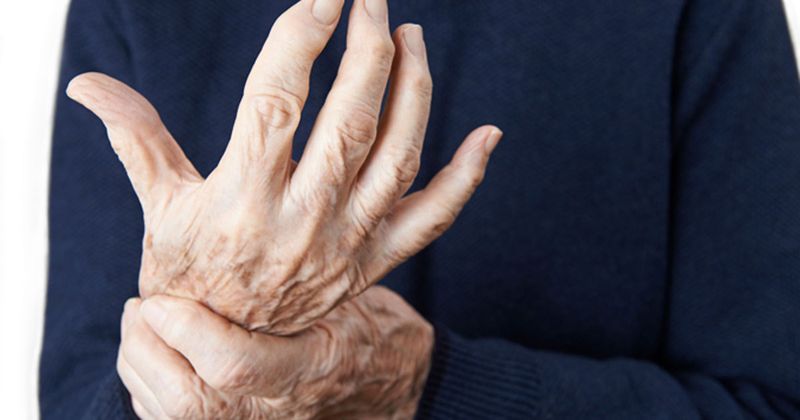EULAR offers separate criteria for overall hand, thumb, interphalangeal osteoarthritis
Key takeaways:
- New hand osteoarthritis classification criteria from EULAR discriminate between interphalangeal and thumb base OA.
- The aim is to better identify suitable trial candidates and enable more homogenous cohorts.
New EULAR classification criteria for hand osteoarthritis — including age, morning stiffness duration, radiographic osteophytes and radiographic joint space narrowing — feature separate criteria for thumb base and interphalangeal OA.
Published in Annals of the Rheumatic Diseases, the new criteria are designed to allow for their application in large studies without the need for clinical joint examination, paving the way for targeted interventions and more homogenous trial cohorts, according to the authors.

“The 1990 American College of Rheumatology criteria set is currently the only available classification criteria set for hand OA,” Ida K. Haugen, MD, PhD, of the Center for Treatment of Rheumatic and Musculoskeletal Diseases, at Diakonhjemmet Hospital, in Oslo, Norway, and colleagues wrote. “The ACR criteria set uses clinical features only and advises against hand OA classification based on radiographs. It classifies hand OA as present almost exclusively based on joint involvement in the second-third fingers and the thumb base.
“The ACR criteria set may be less suited to classify hand OA in primary care settings or the general population as it was primarily developed to distinguish hand OA from rheumatoid arthritis (RA),” they added. “Moreover, the ACR criteria set does not classify hand OA phenotypes such as interphalangeal or thumb base OA, which are two phenotypes that may require different treatment strategies. Based on these limitations, members of [EULAR] taskforce for evidence-based recommendations on hand OA diagnosis ranked the development of new classification criteria as a top research priority.”

To draft updated classification criteria for overall hand, interphalangeal and thumb base OA, based on self-reported data and radiographic features, Haugen and colleagues employed a three-phase system. In the first phase, the authors performed logistic regression on data from a multicenter observational study to pinpoint self-reported, clinical, radiographic or laboratory features of hand OA.
In the second phase, a 21-member multidisciplinary panel ranked the relative importance of criteria identified in the first phase. Lastly, in the final phase, a consensus-based approach was used to identify optimal cut-off scores for disease classification.
To use the criteria, two mandatory conditions must be met — the patient must have pain, aching or stiffness in at least one target joint on most days of the past 6 weeks, and the symptoms “should not be better explained by acute injury or another disease,” including psoriasis, the authors wrote. Target joints that should be evaluated for symptoms and radiographic features include the bilateral second-fifth distal interphalangeal joints; second-fifth proximal interphalangeal joints; first interphalangeal and thumb base joints.
Once the two mandatory conditions are met, five further criteria can be applied. These include age, duration of morning stiffness, number of joints with radiographic osteophytes, number of joints with radiographic joint space narrowing, and symptom-structure concordance.
“It is impossible to fulfill any of the criteria sets without radiographic changes in the target joints, and radiographs are thus strictly needed when applying the criteria,” Haugen and colleagues wrote.
On a 15-point scale, overall hand OA was classified as nine or more points, while interphalangeal OA and thumb base OA had cutoffs of eight points.
The proposed criteria were validated across two external cohorts and the phase 1 data set. Their sensitivity was found to be “similar to the sensitivity of the ACR criteria in the two external cohorts, and higher in the phase 1 data set,” the authors wrote. Meanwhile, their specificity was similar to the ACR criteria in the phase 1 data set and one of the external cohorts. Further validation will require studies with control groups, the authors added.
“The proposed EULAR criteria clearly have benefits in clinical trials and observational studies,” Haugen and colleagues wrote. “They allow the classification of thumb base OA, which is poorly classified by the ACR criteria unless occurring in combination with interphalangeal OA. Furthermore, radiographic assessment of OA instead of clinical joint assessment may be done centrally by trained readers, and thus with higher reliability.”
